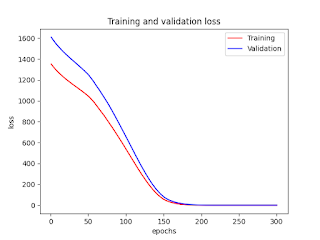- Momentum (trend-following) strategy
- Time-series (directional, asset-by-asset)
- Going long a market with recent positive returns
- Going short a market with recent negative returns
- Cross-sectional (non-directional / market-neutral, assets as a whole)
- Going long markets with recent relatively better returns
- Going short markets with recent relatively worse returns
- Time-series momentum strategy all the way back to 1880
- Consistently profitable throughout the past 137 years.
- How the strategy performs across various macroeconomic environments:
- recession versus booms
- war versus peacetime
- high- versus low-interest-rate regimes
- high- versus low-volatility periods
- high- versus low-inflation periods
- high- versus low-correlation periods
- The characteristics that appears to have affected the performance the most is correlation -- the strategy has performed the best during low-correlation environments.
- Constructing the time-series momentum strategy
- Equal-weighted combination of 1, 3, and 12-month time-series momentum strategies for the 67 markets (four asset classes) from January 1800 to December 2016.
- Rebalanced each month as follows.
- Each strategy always holds either a long or short position in every market.
- Each position is sized to target the same amount of volatility, both to provide diversification and to limit the portfolio risk from any one market.
- The position across the three strategies are aggregated each month and scaled such that the combined portfolio has an annualized ex ante volatility target of 10% annualized.
- Transaction costs (not for costs of "rolling" futures contracts) and fees (2% management, 20% performance subject to HWM) subtracted
- Long-term out-of-sample evidence suggests that it is unlikely that the existence of price trends in markets is a product of statistical randomness or data mining.
- Price trends exists in part because of long-standing behavioral biases exhibited by investors, such as anchoring and herding, as well as the trading activity of non-profit-seeking participants, such as central banks and corporate hedging programs.
- The time-series momentum strategy has performed the best during low-correlationenvironments. Said differently, when correlations are high, there are fewer truly different trends to bet on.
- Conclusion: Trend-following investing has performed well in each decade for more than a century, as far back as we can get reliable return data for several markets. Our analysis provides significant out-of-sample evidence across markets and asset classes beyond the substantial evidence already in the literature. Further, we find that a trend-following strategy performed relatively similarly across a variety of economic environments and provided significant diversification benefits to a traditional allocation. This consistent long-term evidence suggests that trends are pervasive features of global markets.
Source


No comments:
Post a Comment